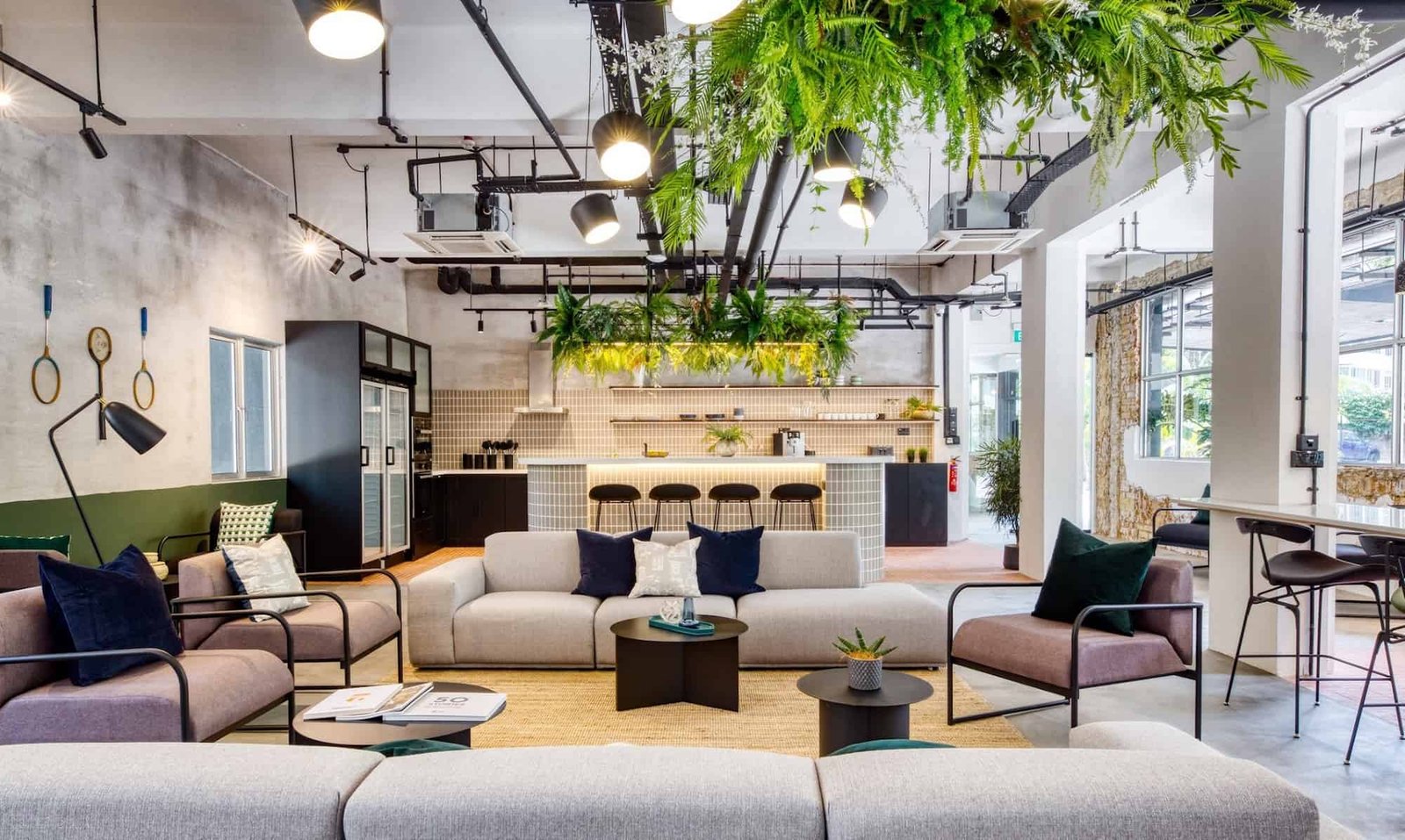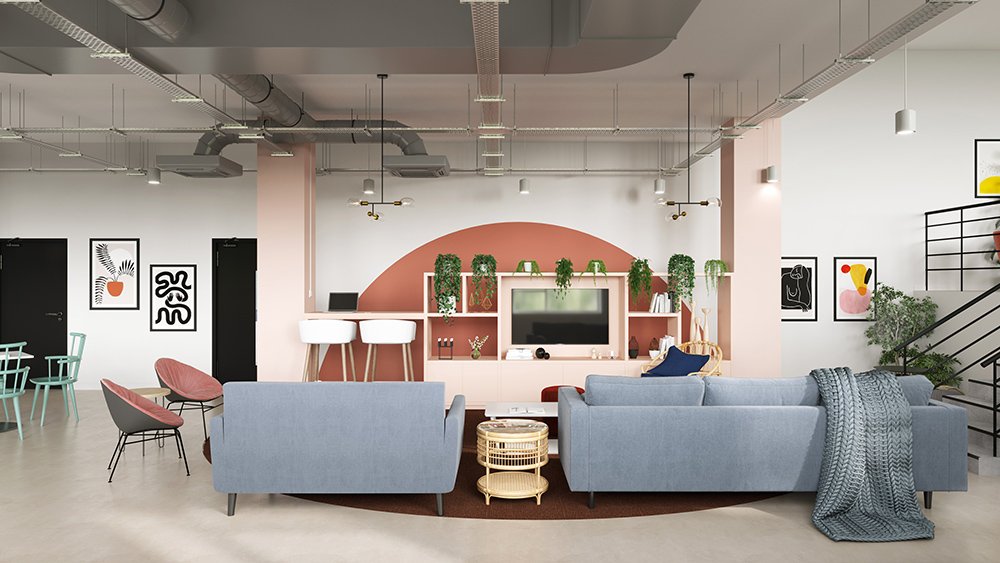Co-living spaces: Designing for communal living
Co-living spaces represent a modern approach to urban living, emphasizing shared resources, community engagement, and social interaction. Here’s an exploration of how architects are redefining residential design to accommodate the growing trend of co-living.
1. Shared Amenities and Collaborative Spaces
Community Integration:
- Shared Kitchens and Dining Areas: Designing communal kitchens and dining spaces that encourage shared meals and social interaction among residents.
- Co-working Spaces: Creating flexible workspaces and collaborative areas where residents can work, collaborate, and network with peers.
2. Flexible Living Arrangements
Modular and Adaptable Units:
- Convertible Furniture: Incorporating multifunctional furniture and modular layouts that can be reconfigured to accommodate changing needs and preferences.
- Privacy Options: Balancing communal living with private spaces through thoughtful design of bedrooms, bathrooms, and personal storage areas.
3. Sustainable and Efficient Design
Resource Optimization:
- Energy-Efficient Systems: Implementing smart technologies and energy-efficient appliances to reduce environmental impact and utility costs.
- Shared Utilities: Consolidating utilities and services to promote resource sharing and minimize overall consumption within the co-living community.
4. Community Engagement and Social Activities

Programming and Events:
- Social Events: Organizing community-building activities, workshops, and cultural events that promote interaction and collaboration among residents.
- Wellness Programs: Offering fitness classes, mindfulness sessions, and wellness workshops to support residents’ physical and mental well-being.
5. Technology Integration
Smart Building Solutions:
- Digital Platforms: Utilizing apps and digital platforms to facilitate communication, manage shared resources, and coordinate community activities.
- IoT Devices: Installing smart sensors and devices for energy monitoring, security enhancements, and personalized resident experiences.
6. Biophilic Design Elements
Connection to Nature:
- Green Spaces: Incorporating indoor plants, rooftop gardens, and communal outdoor areas that enhance air quality and provide natural relaxation spaces.
- Natural Light: Maximizing daylighting and views to nature through large windows and strategic building orientation.
7. Accessibility and Inclusivity
Universal Design Principles:
- Barrier-Free Spaces: Ensuring accessibility features such as ramps, elevators, and wide doorways to accommodate residents of all abilities.
- Cultural Sensitivity: Designing spaces that respect diverse cultural backgrounds and preferences, fostering a welcoming and inclusive environment for all residents.
8. Safety and Security Measures
Community Safety:
- Secure Access: Implementing access control systems and surveillance technologies to ensure resident safety and privacy.
- Emergency Preparedness: Developing protocols and resources for handling emergencies and ensuring quick response times within the co-living community.
9. Financial Affordability and Transparency
Cost-Effective Living:
- Shared Expenses: Offering transparent pricing structures and shared financial responsibilities to make co-living a cost-effective housing solution.
- Community Governance: Establishing governance frameworks and resident committees to promote transparency, accountability, and community decision-making.
10. Case Studies and Success Stories
Real-World Examples:
- WeLive (by WeWork): Offering furnished apartments with shared amenities, community events, and networking opportunities for young professionals.
- Common: Providing fully furnished co-living spaces with flexible leases, shared living areas, and inclusive community engagement initiatives across major U.S. cities.
Conclusion
Co-living spaces represent a transformative approach to residential design, catering to the needs of a diverse urban population seeking community, convenience, and connectivity. By embracing shared resources, collaborative environments, and sustainable practices, architects can create vibrant and inclusive co-living communities that enhance quality of life and foster meaningful social connections. As the demand for flexible and community-oriented housing options grows, co-living continues to evolve as a viable solution for modern urban living, offering residents a balance of privacy, social interaction, and shared experiences within dynamic and supportive environments.



